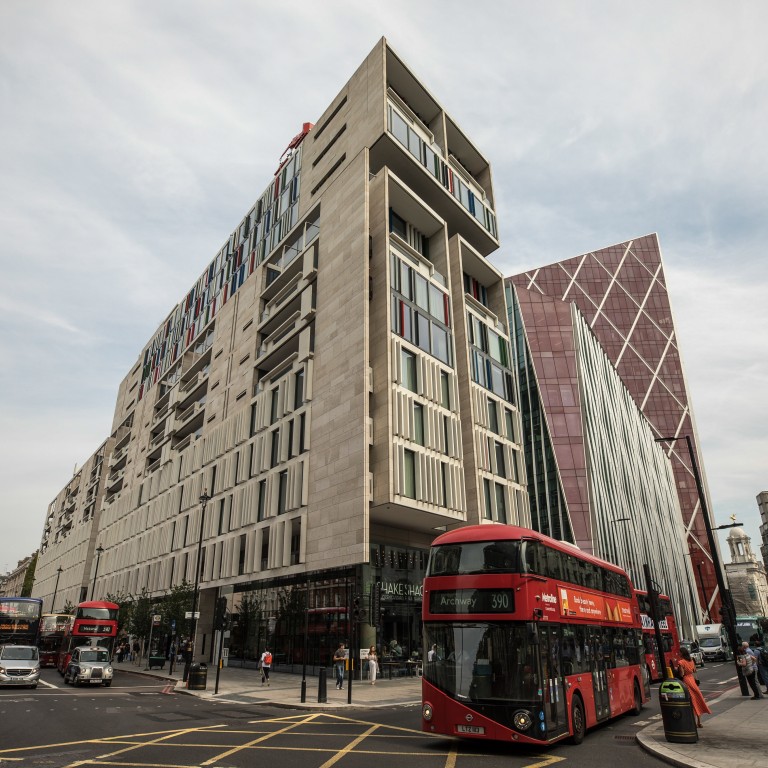
Hong Kong investors turn to outer London areas in search of growth potential
- The weak pound and low interest rates are helping to offset an increase in stamp duty implemented in 2016, stoking interest in the British capital
Hong Kong property investors remain interested in London but are increasingly looking at either high-end properties in the city centre or at non-prime areas, agents said.
A weak pound and low interest rates are helping to offset an increase in stamp duty implemented in 2016, keeping interest in the city alive.
“Apart from the very central locations, we are actually seeing some buyers are interested in those much cheaper options,” said Mandy Wong, head of international residential at JLL in Hong Kong.
“It could be in the end of zone 2 or even in zone 3 in London, where there is some regeneration effect,” said Wong. “Those areas are where property prices are relatively cheaper, and they see the potential growth.”
Properties in Central London in layouts of one to two bedrooms, or between 500 and 800 sq ft, were selling for an average of 1.6 million pounds (US$2.09 million), according to Wong.
“Areas like Westminster within zone 1 easily go over 2,000 pounds per square foot, but in some zone 3 areas, you're probably able to find good schemes selling somewhere between 600 pounds and 700 pounds per square foot,” she said.
“In Reading, a one-bedroom property can be bought for under 300,000 pounds.”
According to a Knight Frank report released in March, prime central London prices dropped 5.1 per cent from a year ago, while those in outer London areas saw a decline of 4.6 per cent in the same period.
Patrick Wong Tsu-an, chief executive of Hong Kong-based Tenacity, said Hong Kong investors are savvy enough to realise that despite higher levies, they could still find good value in London properties as long as they are in the right location.
“It’s important to know that the UK changed its stamp duty regime in 2015 so any assets over £2 million have a higher stamp duty, and anything below has a lower stamp duty. So right away that is a big difference,” he said.
Others said prospective buyers of inner London property were aware that asset prices remained well supported.

“It’s not so much that they’re looking for good value, rather they’re looking for opportunities. Most everyone we’re dealing with looks at the best location possible and tries to get the highest discount -similar to what we see in New York when there’s major downturn,” said Edward Mermelstein, a New York based invest lawyer with One & Only Holdings.
“If you’re an investor in London, you’re always going to be looking at the high-end locations within the city. The opportunities outside London are always the same. If you go outside the city, the prices have been the same for past 20 years.”
Since the British public voted on June 23, 2016 to leave the European Union, the world’s largest trading bloc, the pound has been volatile against the US dollar. The pound-to-dollar rate was quoted at 1.30 on Tuesday, compared to its level of 1.48 ahead of the EU referendum.
Wong said the pound may strengthen once the Brexit uncertainties are resolved, with some forecasting the pound-to-dollar rate to eventually return to its pre-referendum level.
In March, the Bank of England’s Monetary Policy Committee voted unanimously to keep interest rates unchanged at 0.75 per cent, saying the economic outlook will “continue to depend significantly on the nature and timing of the EU withdrawal”.

